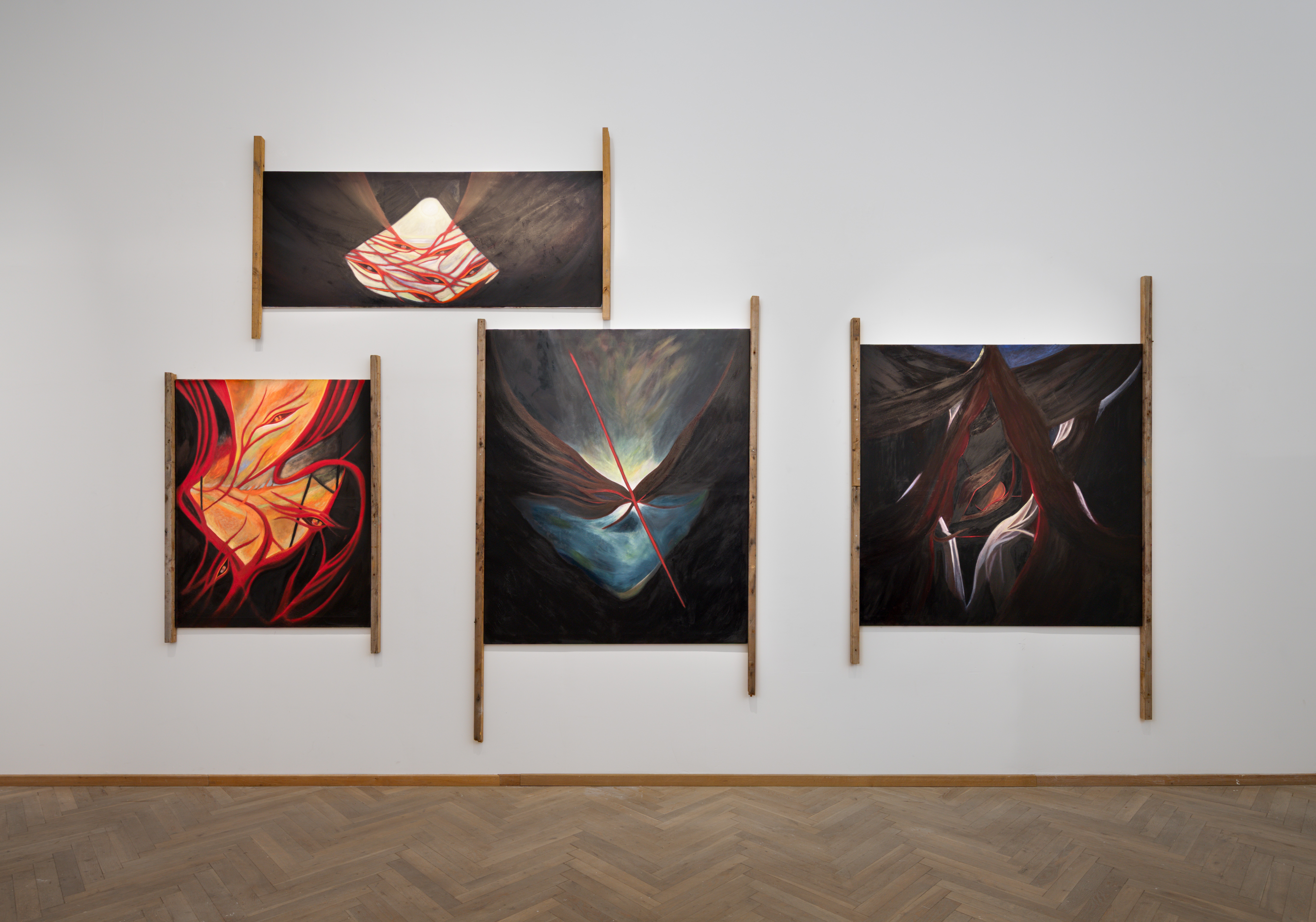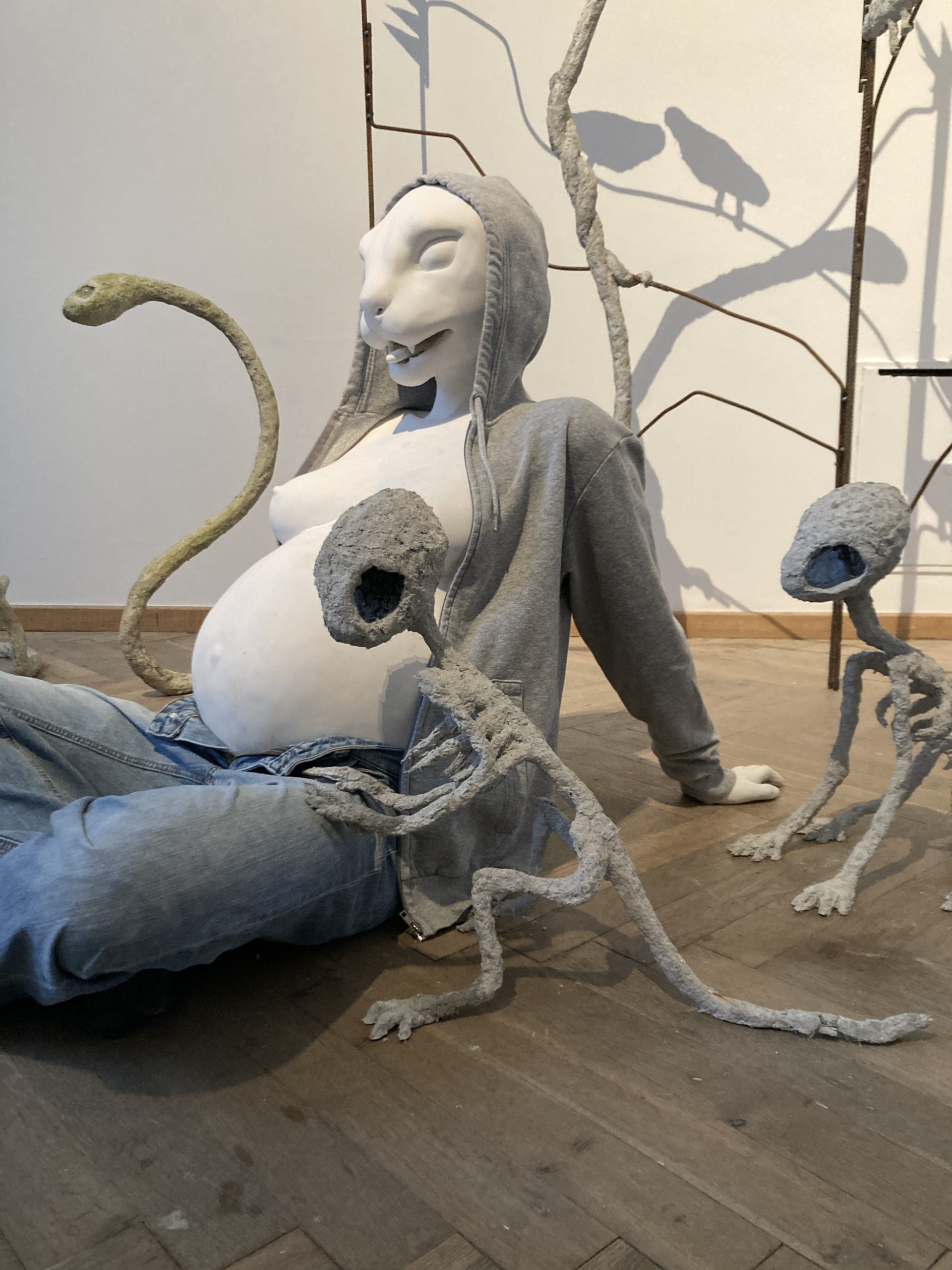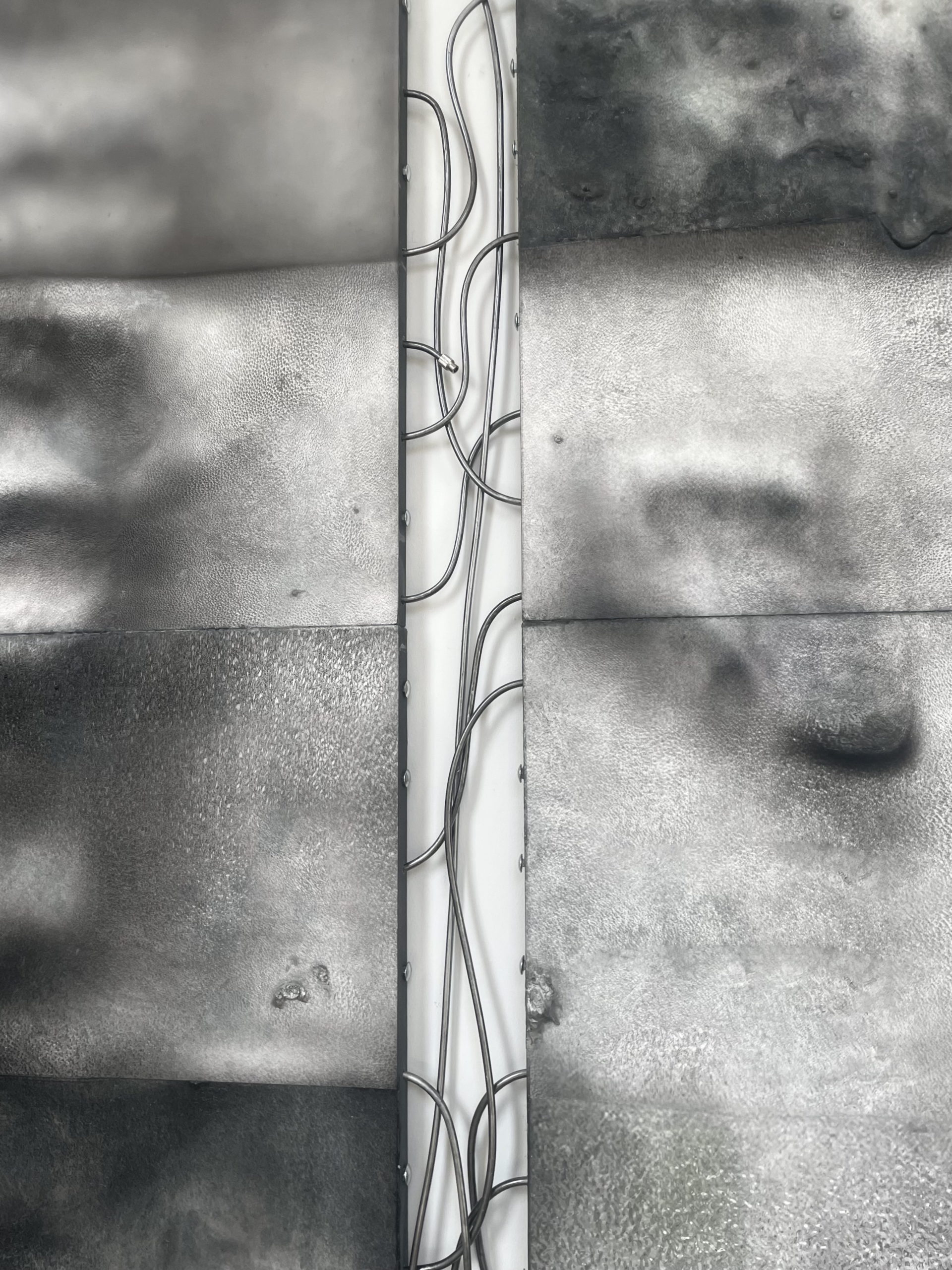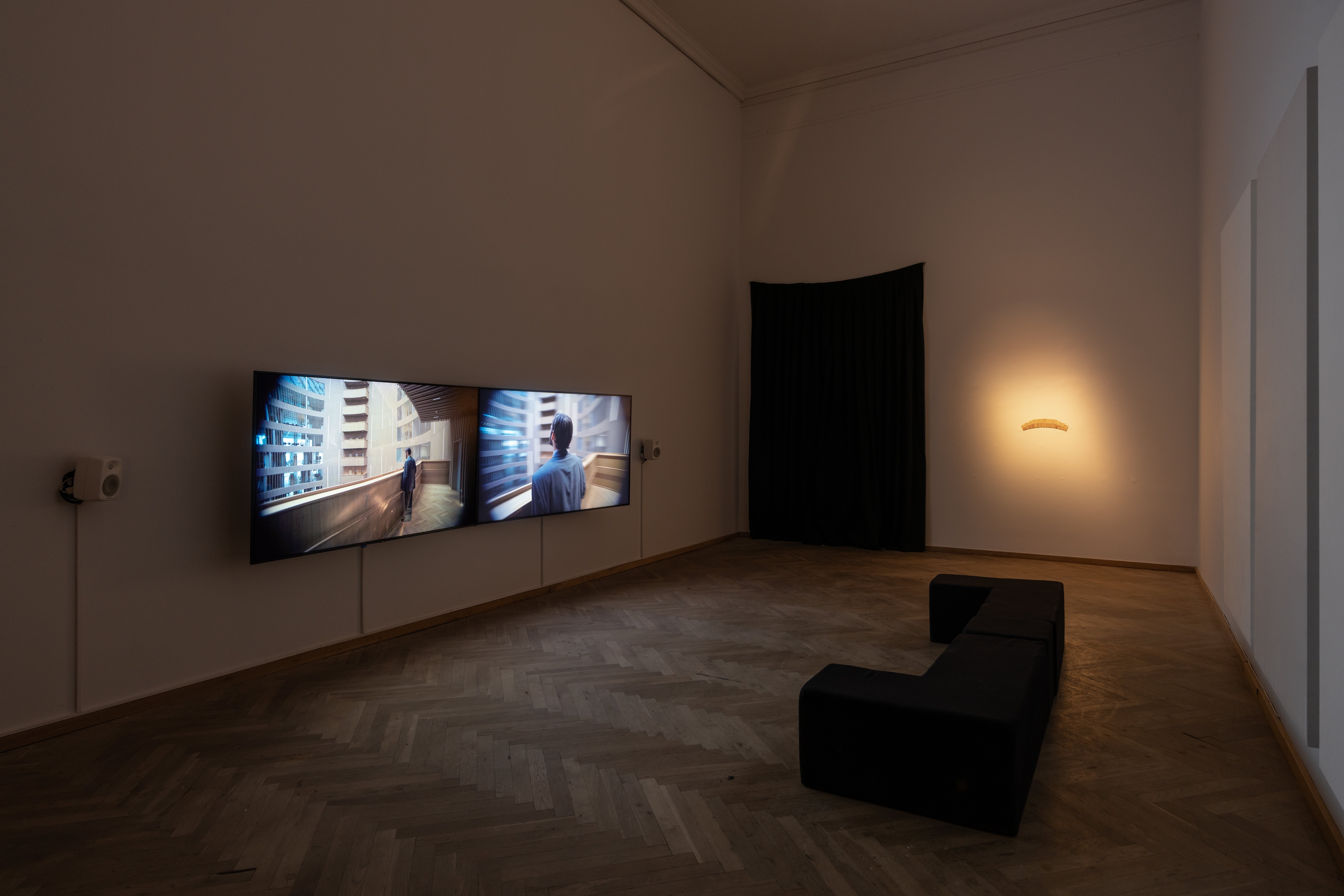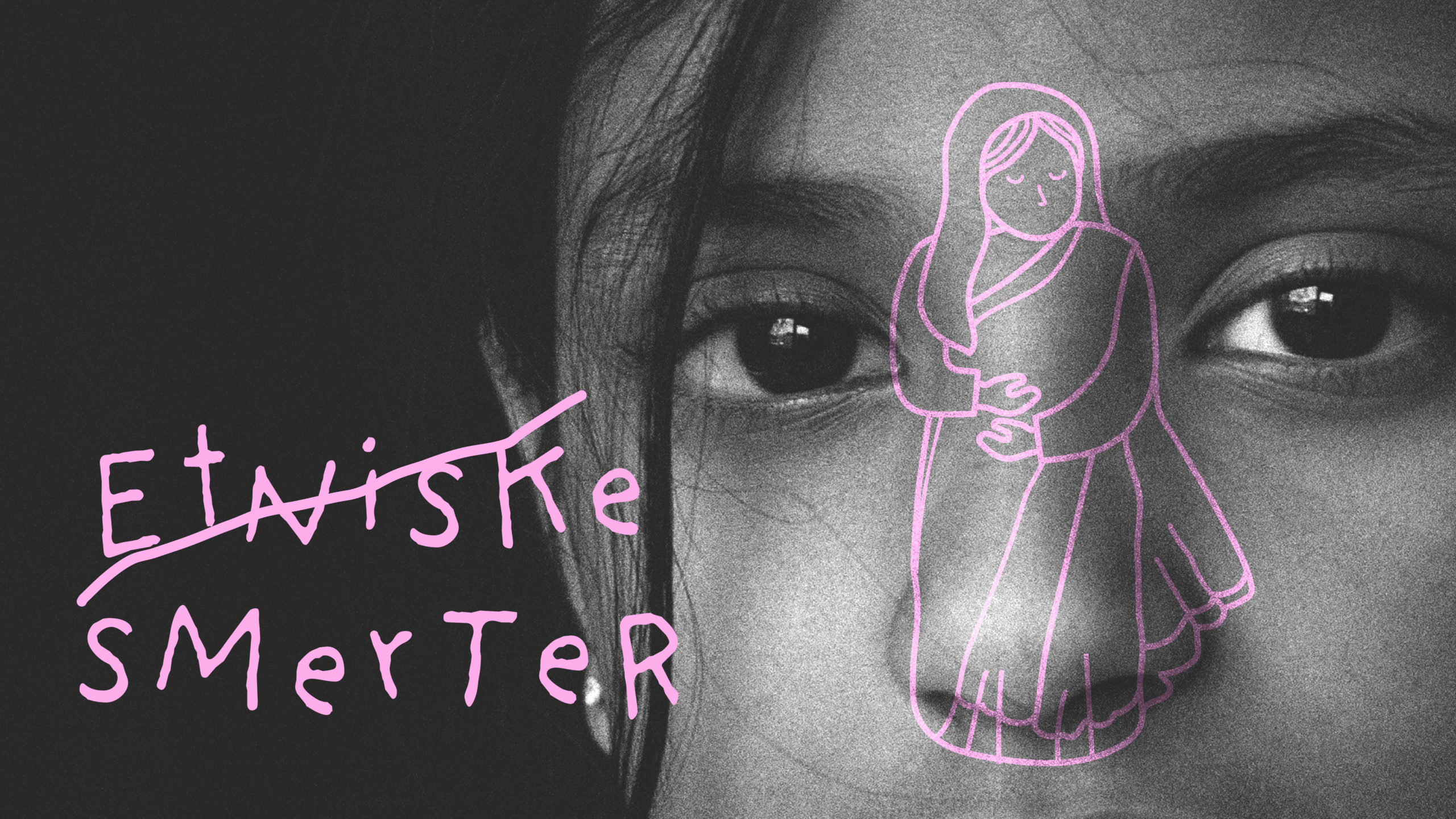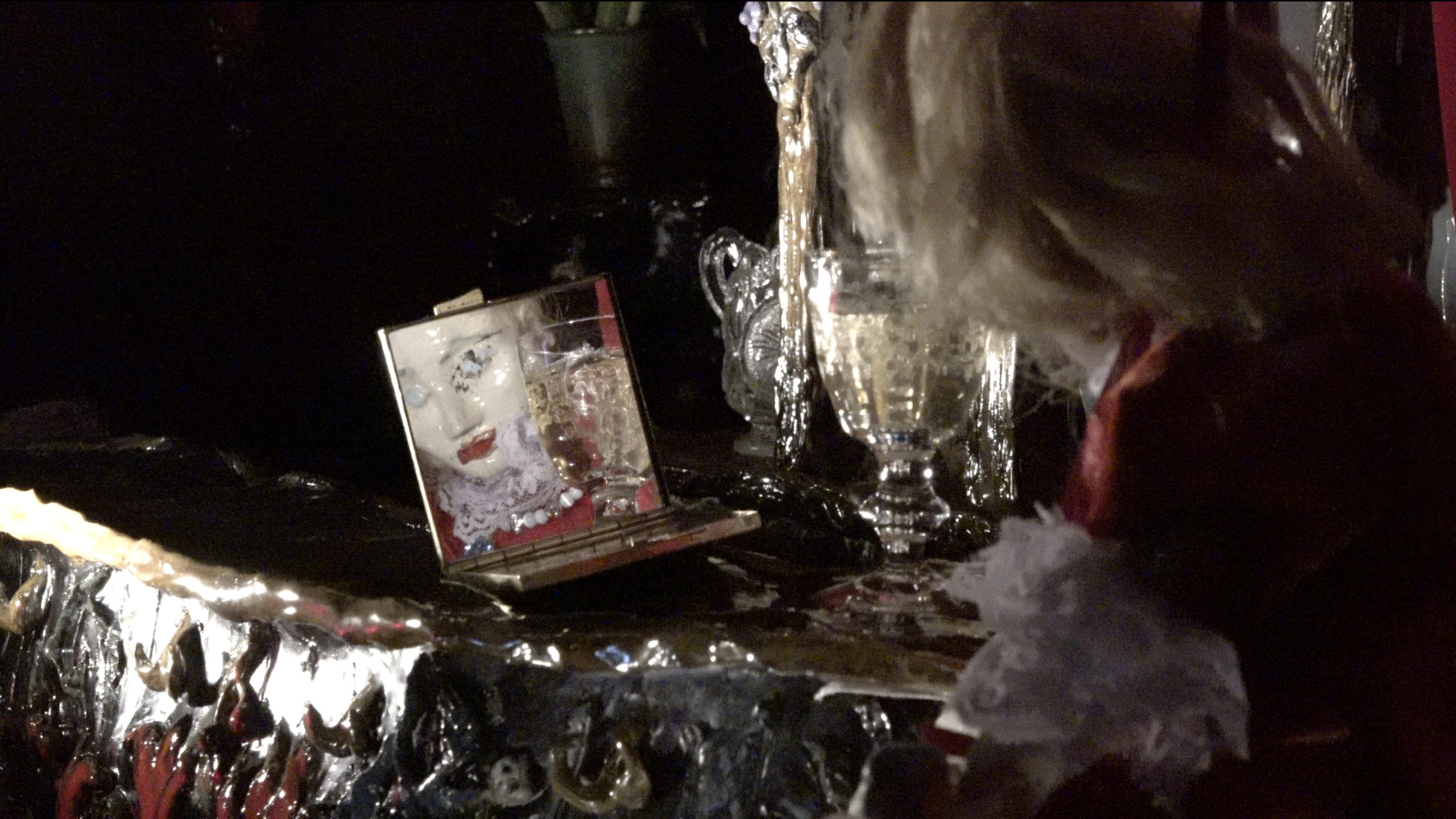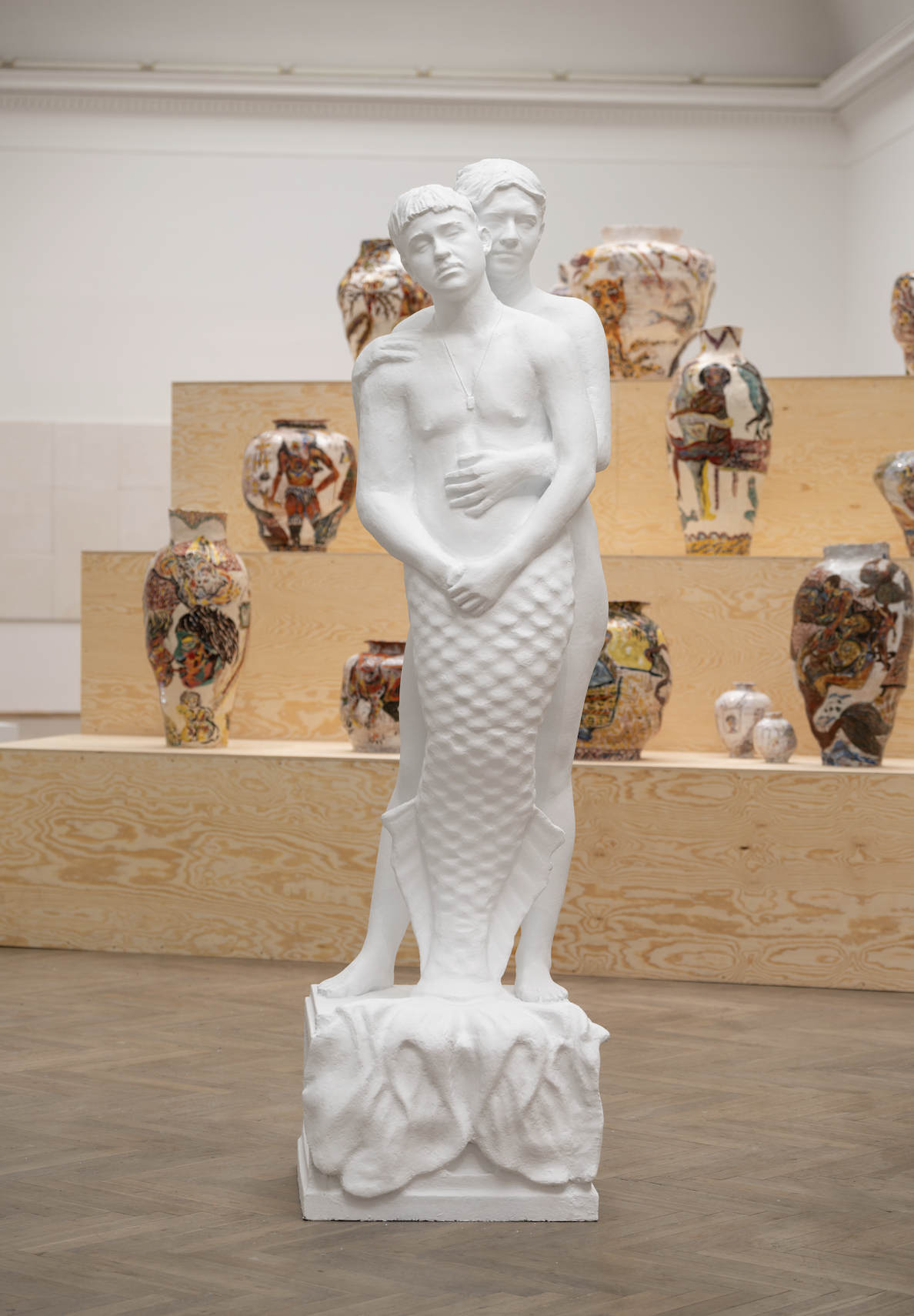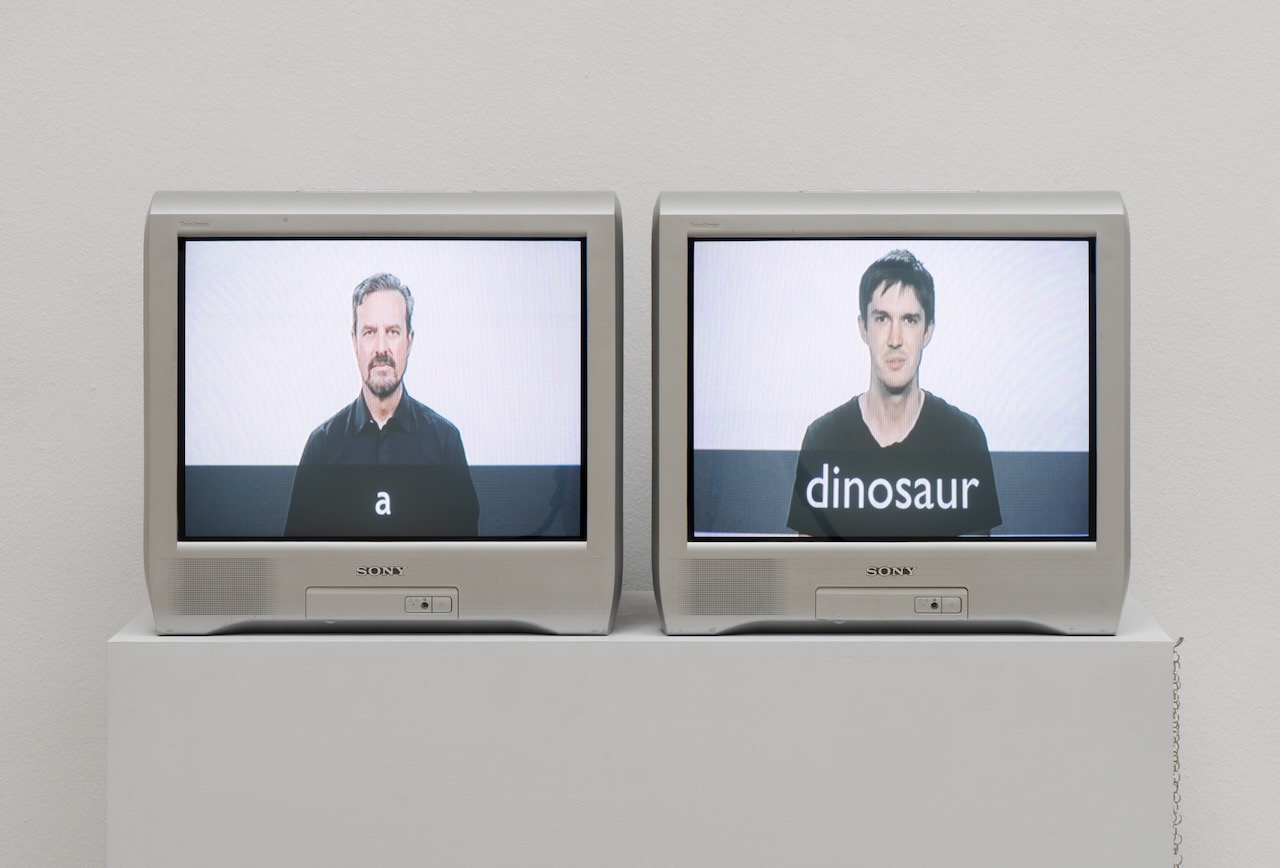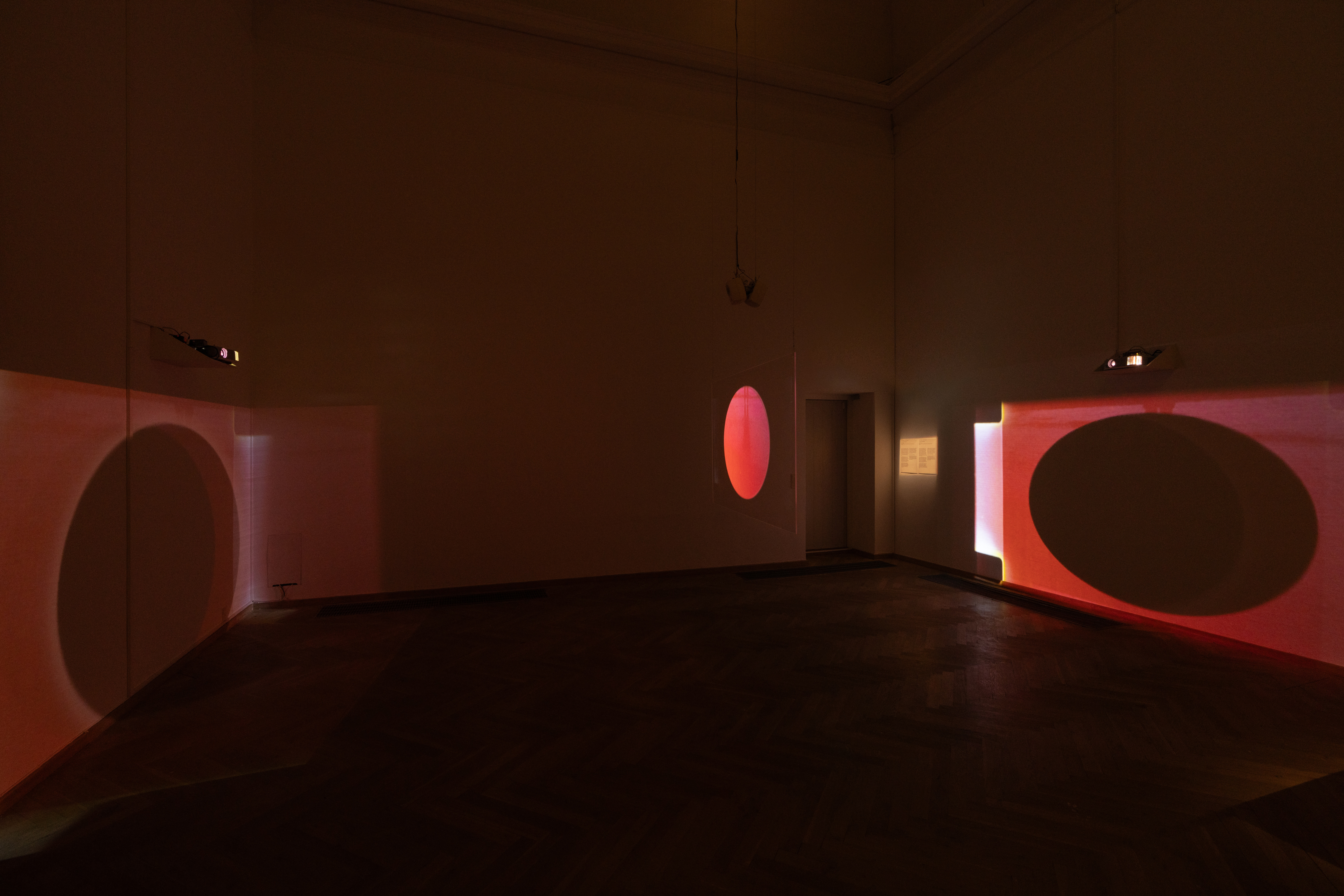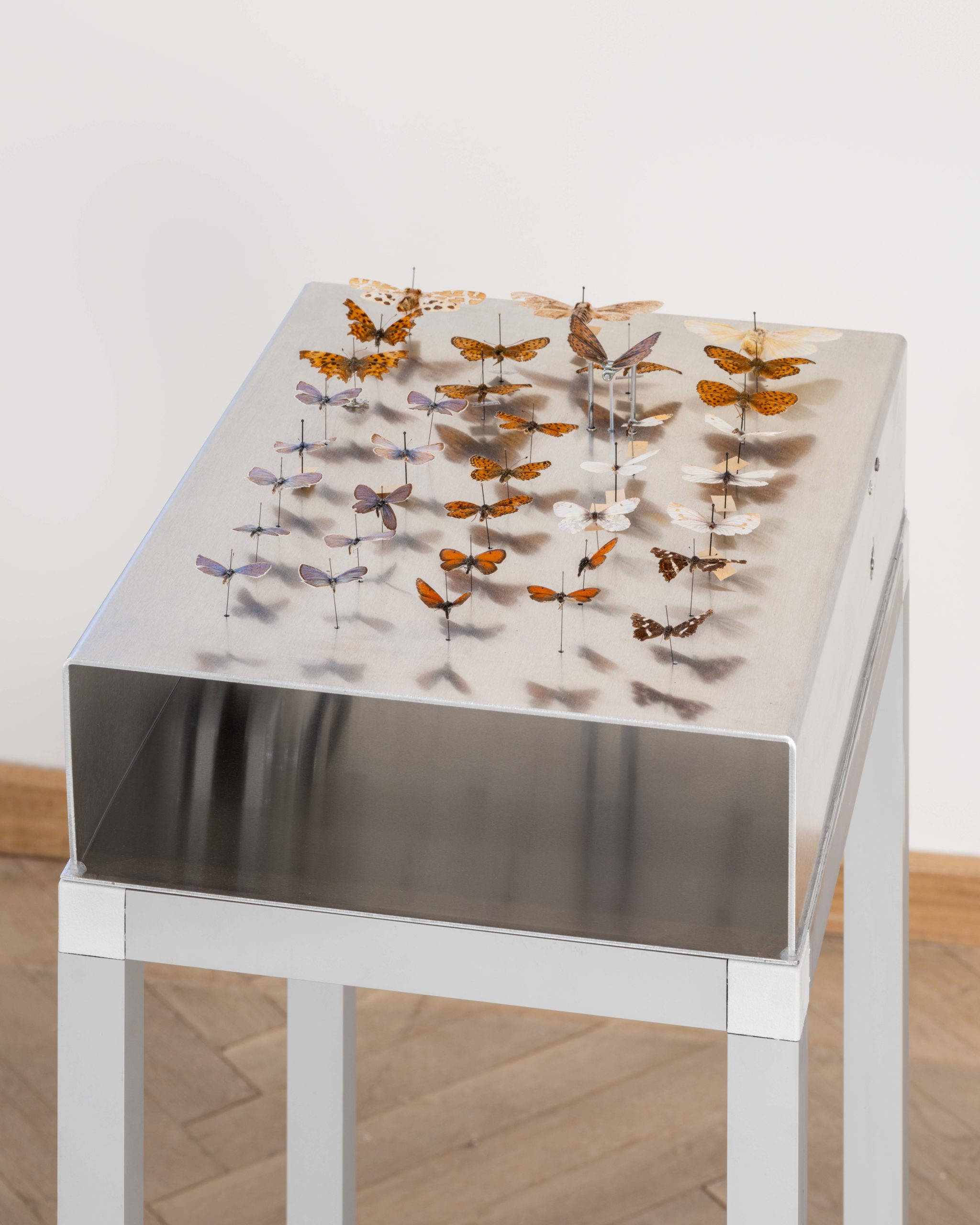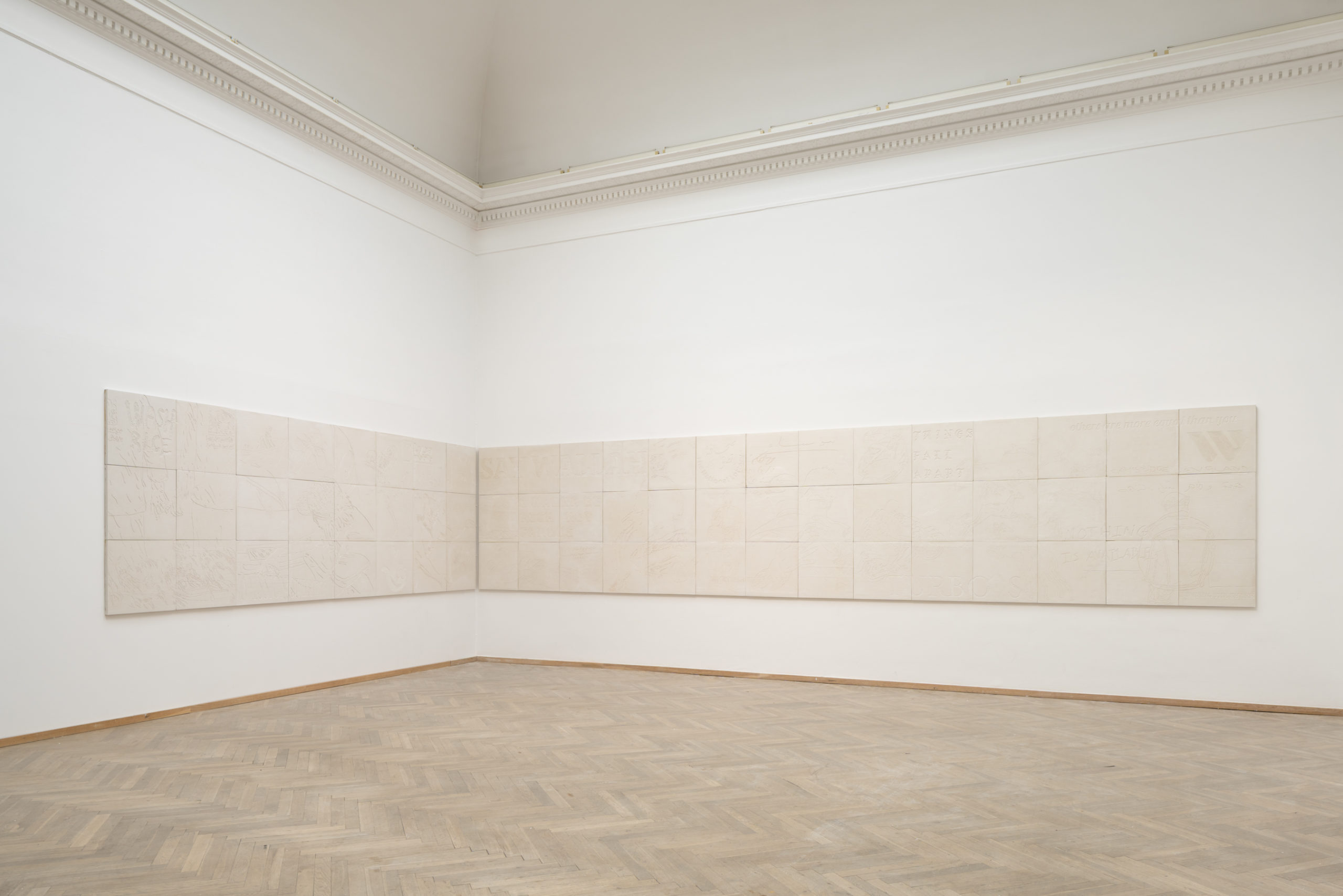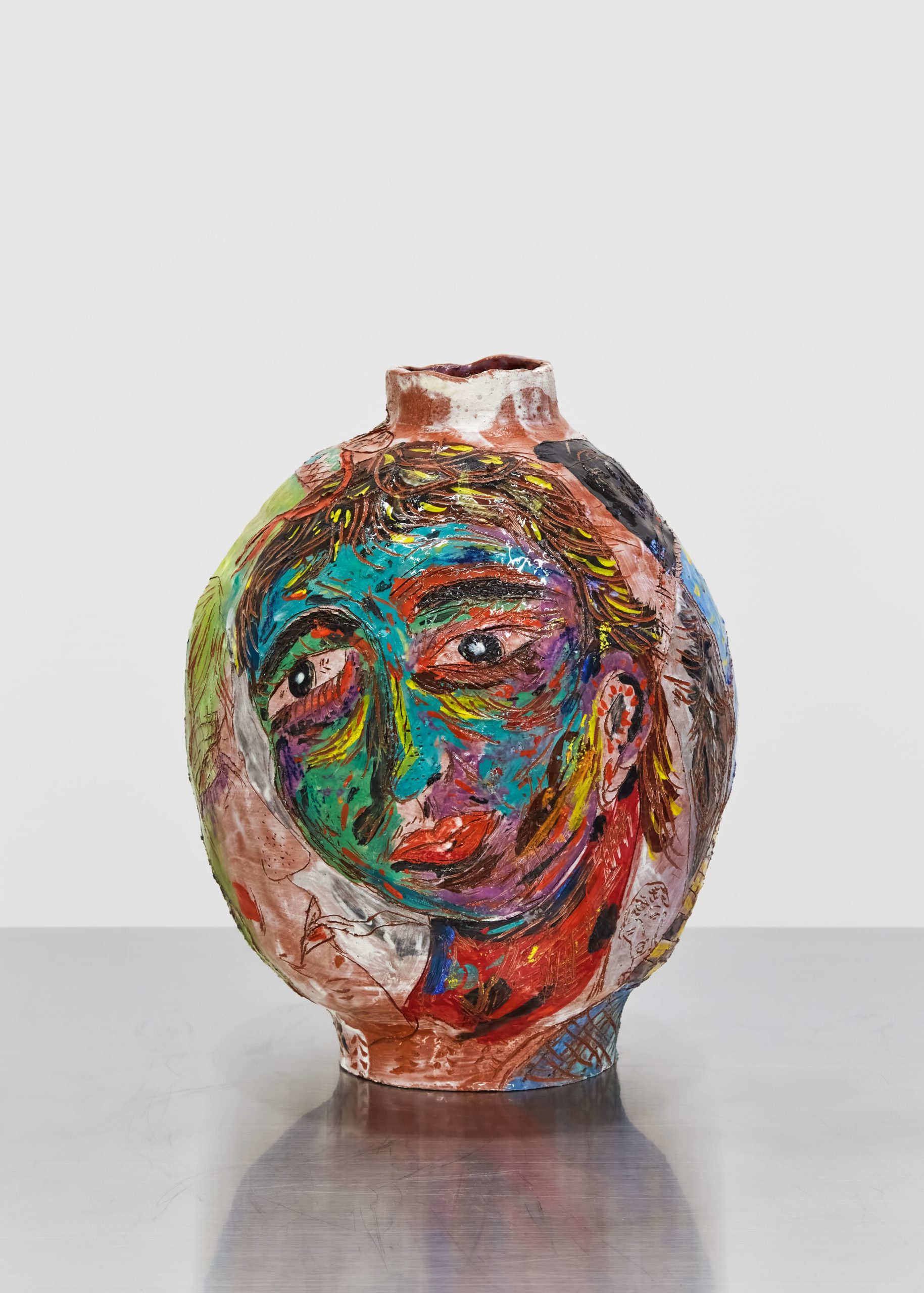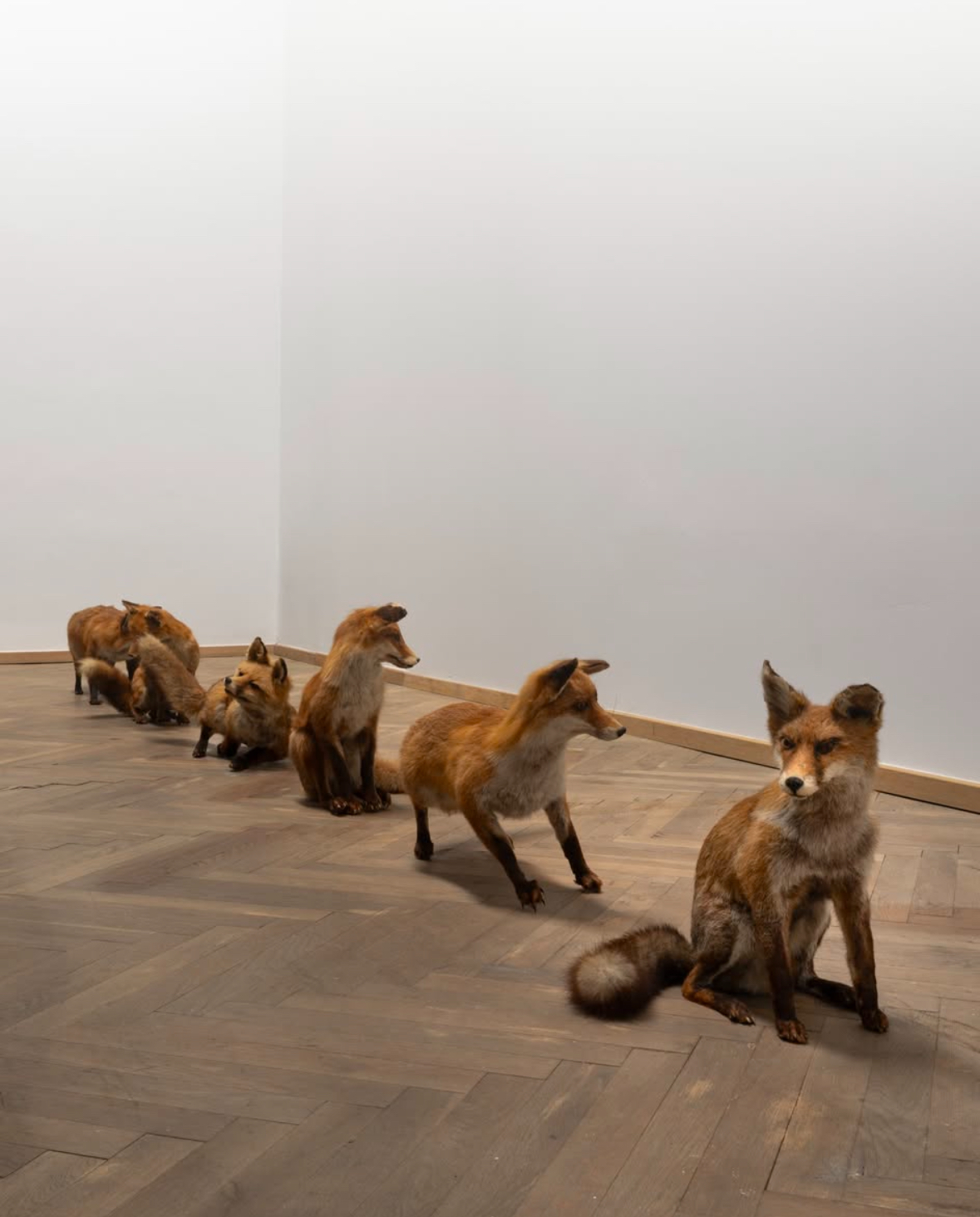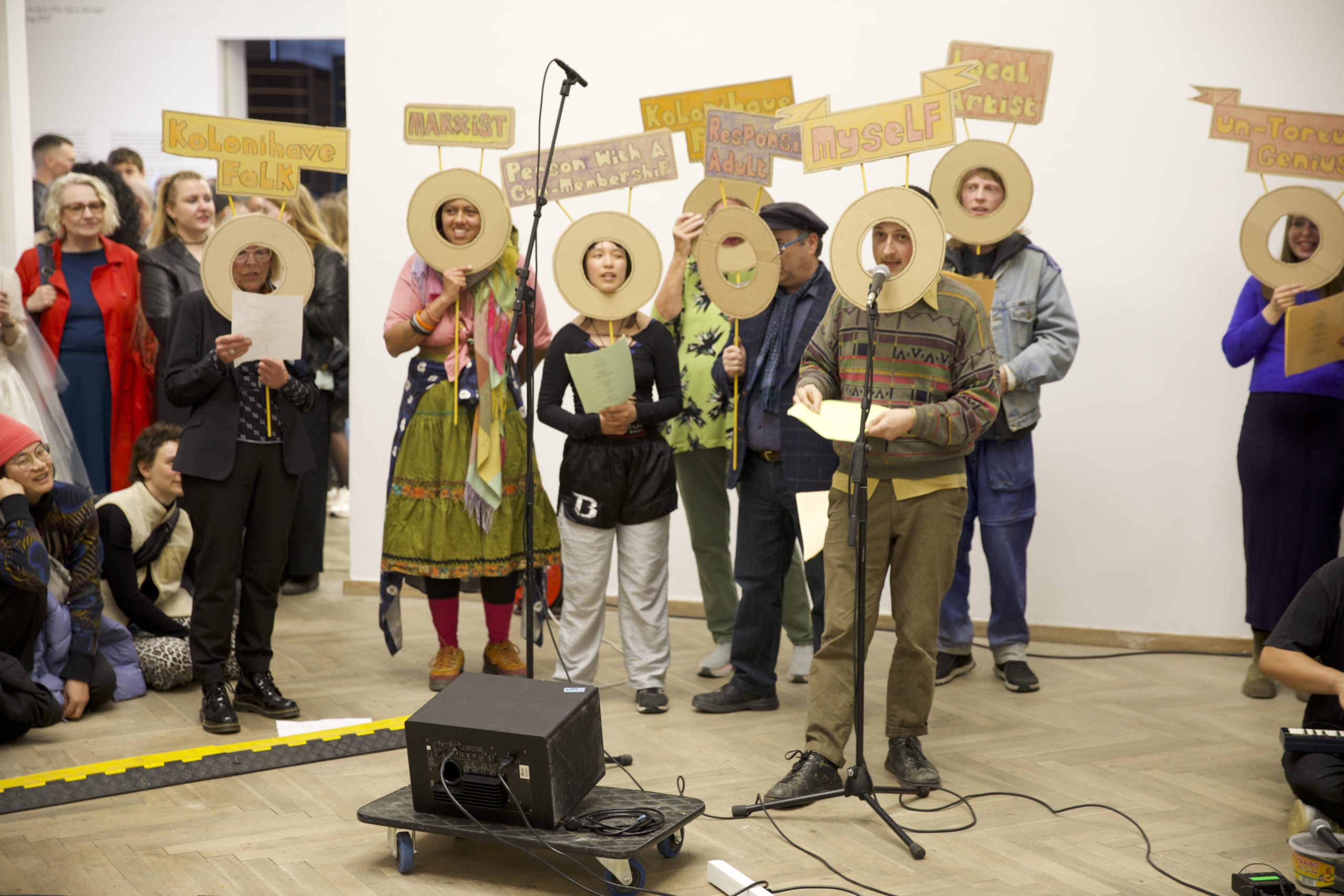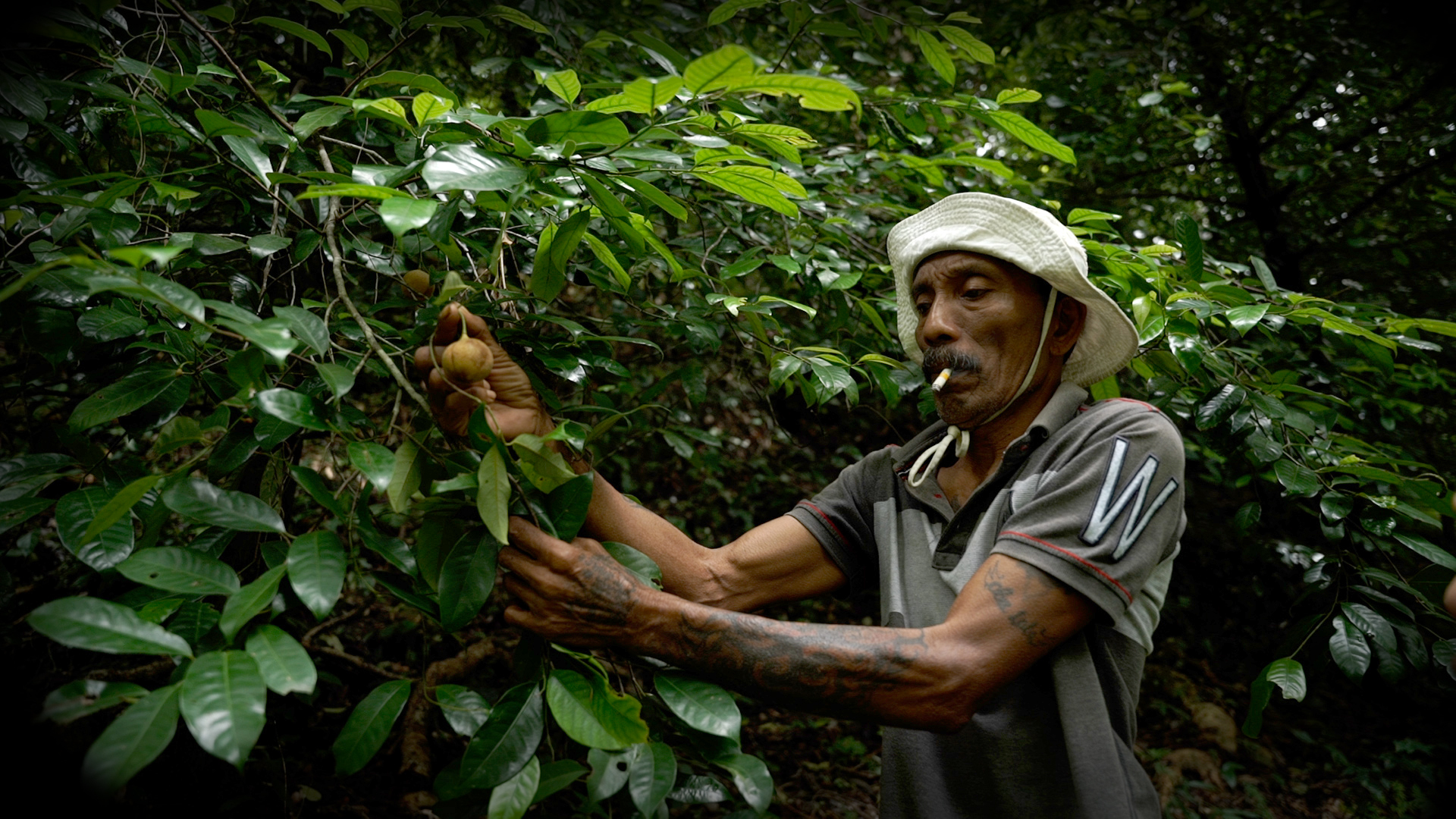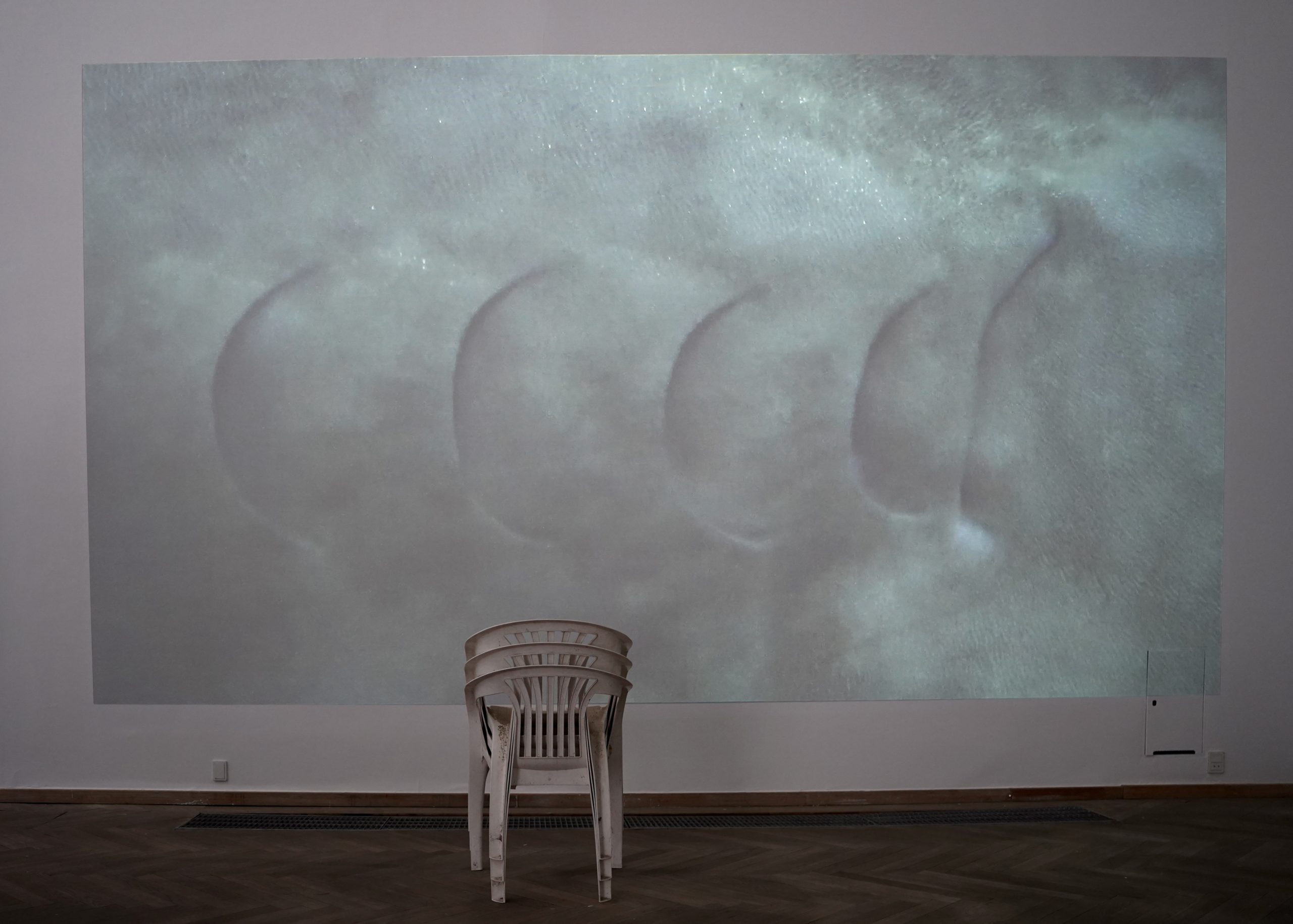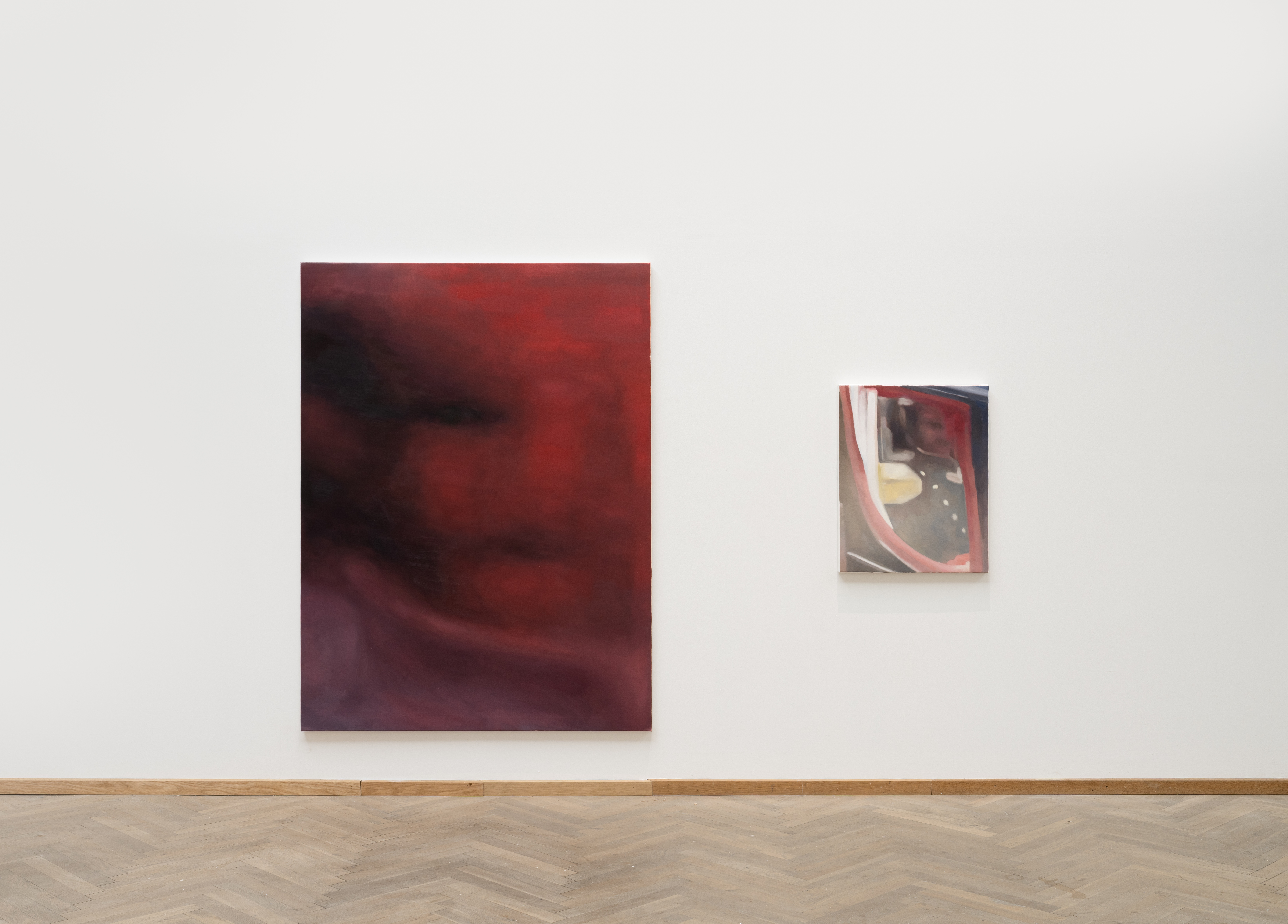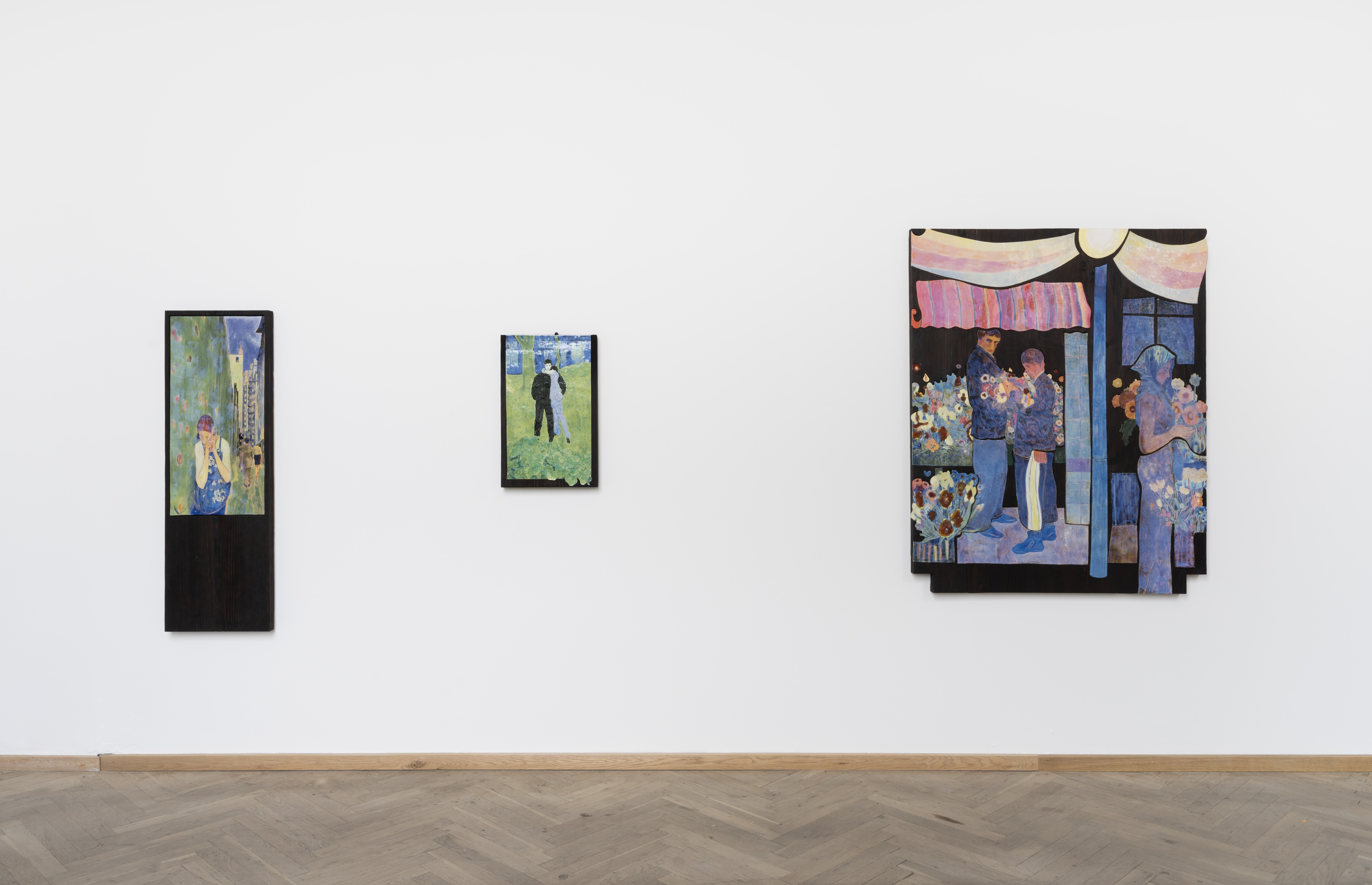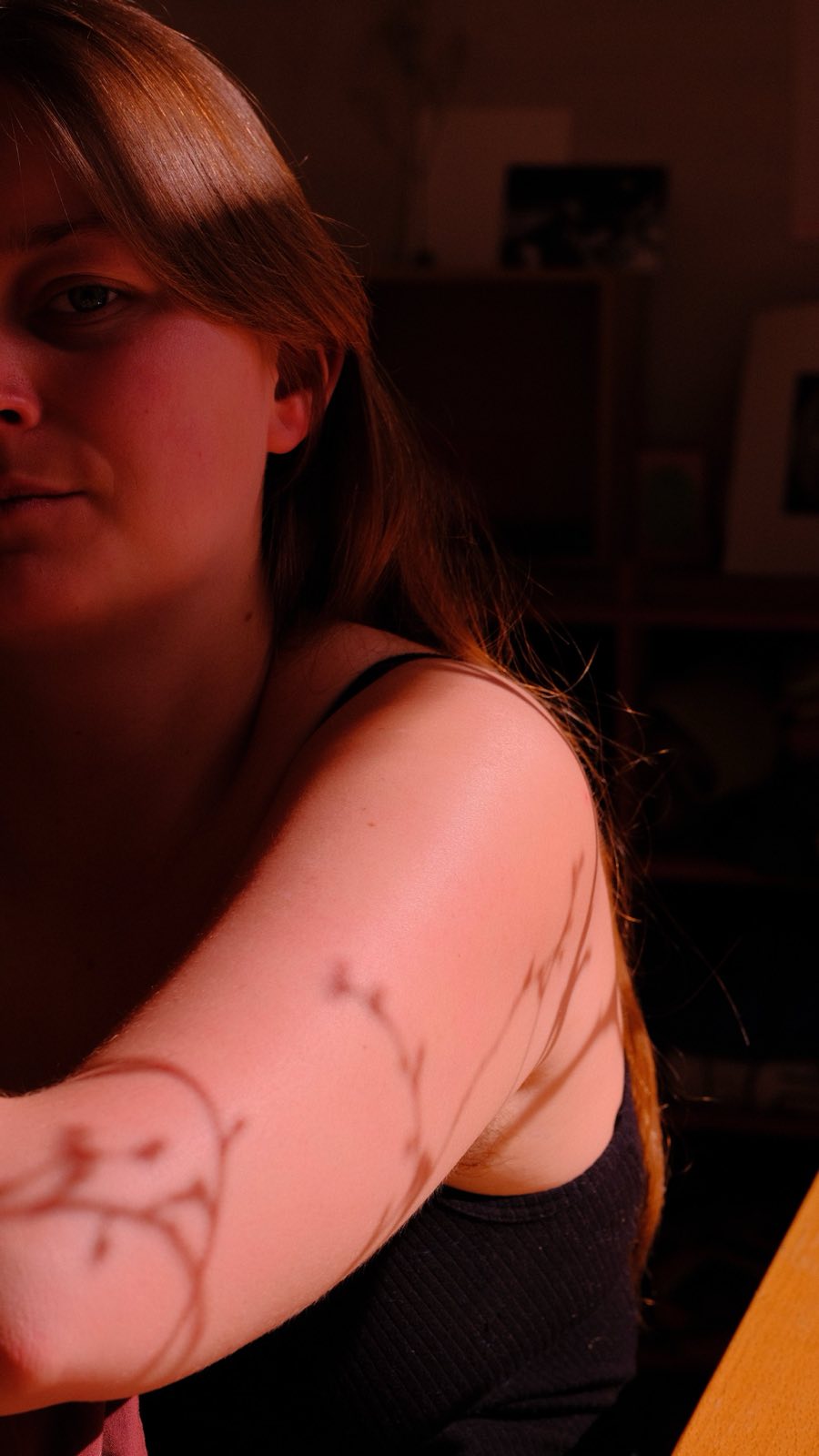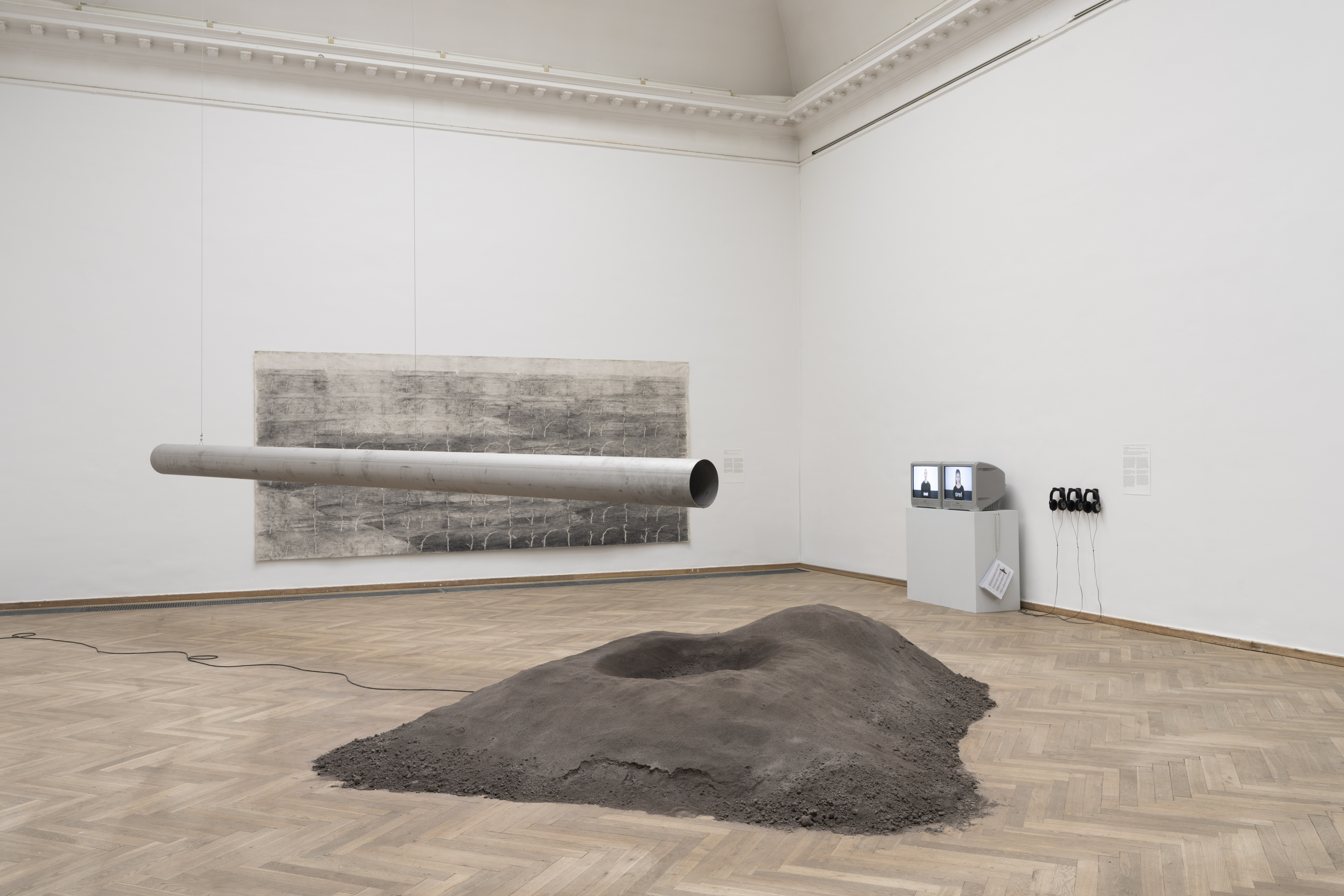
For years, Andrej Kiripolsky has been following the slow dissolution of the Nováky Coal Power Plant – once the heart of his hometown. The community surrounding the plant at Nováky built their lives on this industry, but also suffered from its adverse effects. Now, after the closure of the plant, they are left with little economic stability, no clear future, and a physical environment that still holds the traces of what was extracted, burned and buried.
In Have You Ever Seen Coal Burn?, Kiripolsky weaves personal and industrial memory into a haunting spatial installation. At the original site, a network of pipes connected the plant to an ash pond, moving a mixture of water and ash through a system that was both functional and unstable. Now, the ash pond is buried, though still present underneath the surface, and these pipes are scattered throughout the village as ‘ruinalia’, detached from their original function.
Alluding to this theatre of operations, a suspended, levitating pipe releases slow, rhythmic drips of water onto ash, its amplified echoes filling the space. Unlike the pipes in Nováky, this one is rendered in stainless steel, a speculative gesture to create a new narrative for this place. When wetted, the mound of ash – brought directly from the site in Slovakia – turns into smooth, industrial silt. This brown coal residue is made visible after being excavated from beneath the ground: a monument to the material residue that remains after decades of labour and environmental reckoning. The installation hangs in the same limbo zone as the region around Nováky – neither fully industrial nor fully transitioned into something else. In between industrial pasts and uncharted futures, we learn how energy and policy shifts affect the fabric of the communities left behind.
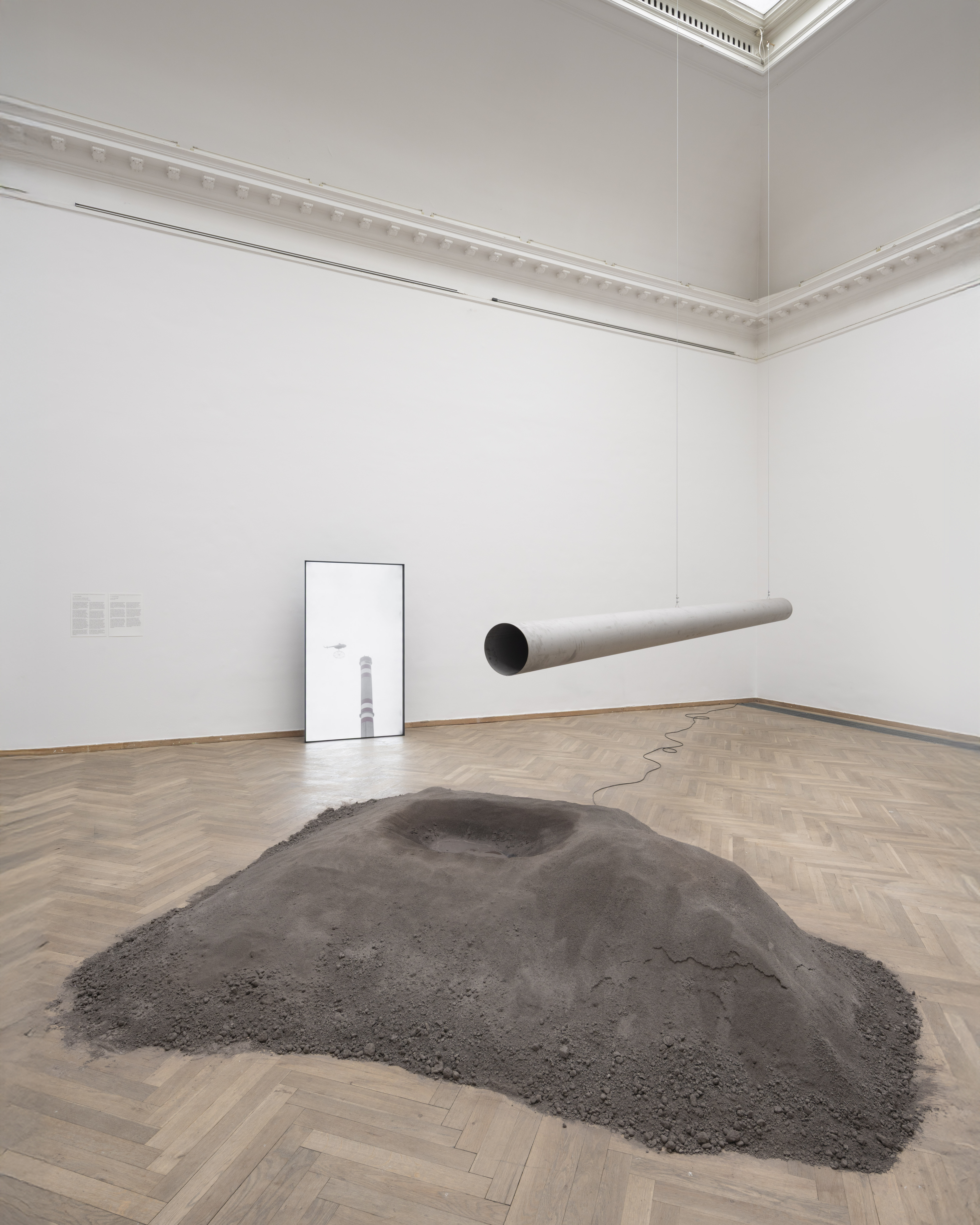
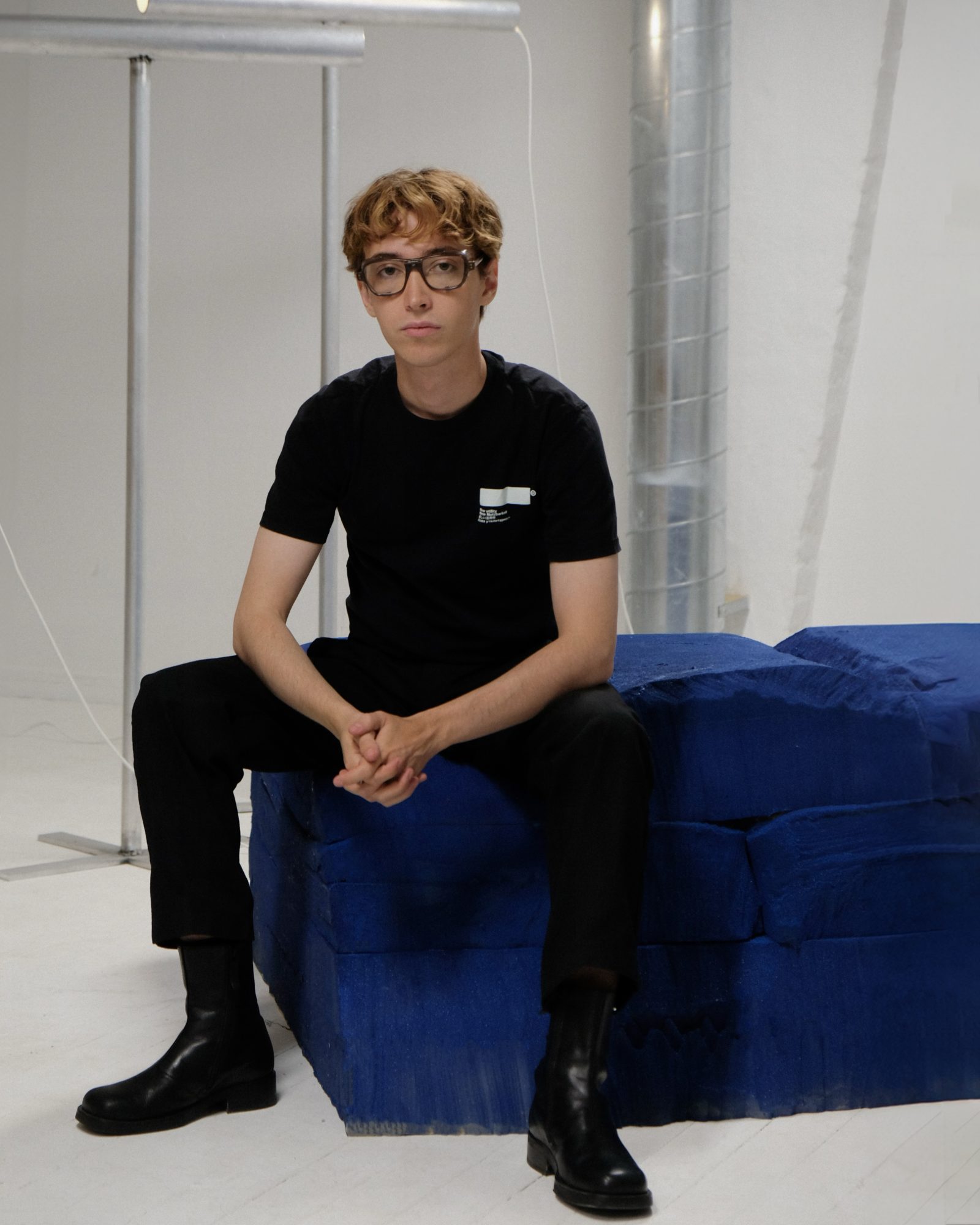
Andrej Kiripolsky, (2000*) a Copenhagen-based artist originally from Slovakia, examines the intersections of labor, industrial heritage, and community through installation, video, and sculpture. Rooted in personal narratives, his practice reflects on the resilience of post-industrial landscapes and the socio-political transformations that shape them.
His early works explored speculative design and the cultural significance of utilitarian objects, drawing inspiration from his father’s craftsmanship as a welder. This foundation evolved into a focus on the Nováky Coal Power Plant, a cornerstone of his hometown and a defining symbol of industrial decline.
A graduate of the Studio of New Aesthetics at FAMU in Prague, Kiripolsky holds a master’s degree from the Royal Danish Academy of Fine Arts in Copenhagen.
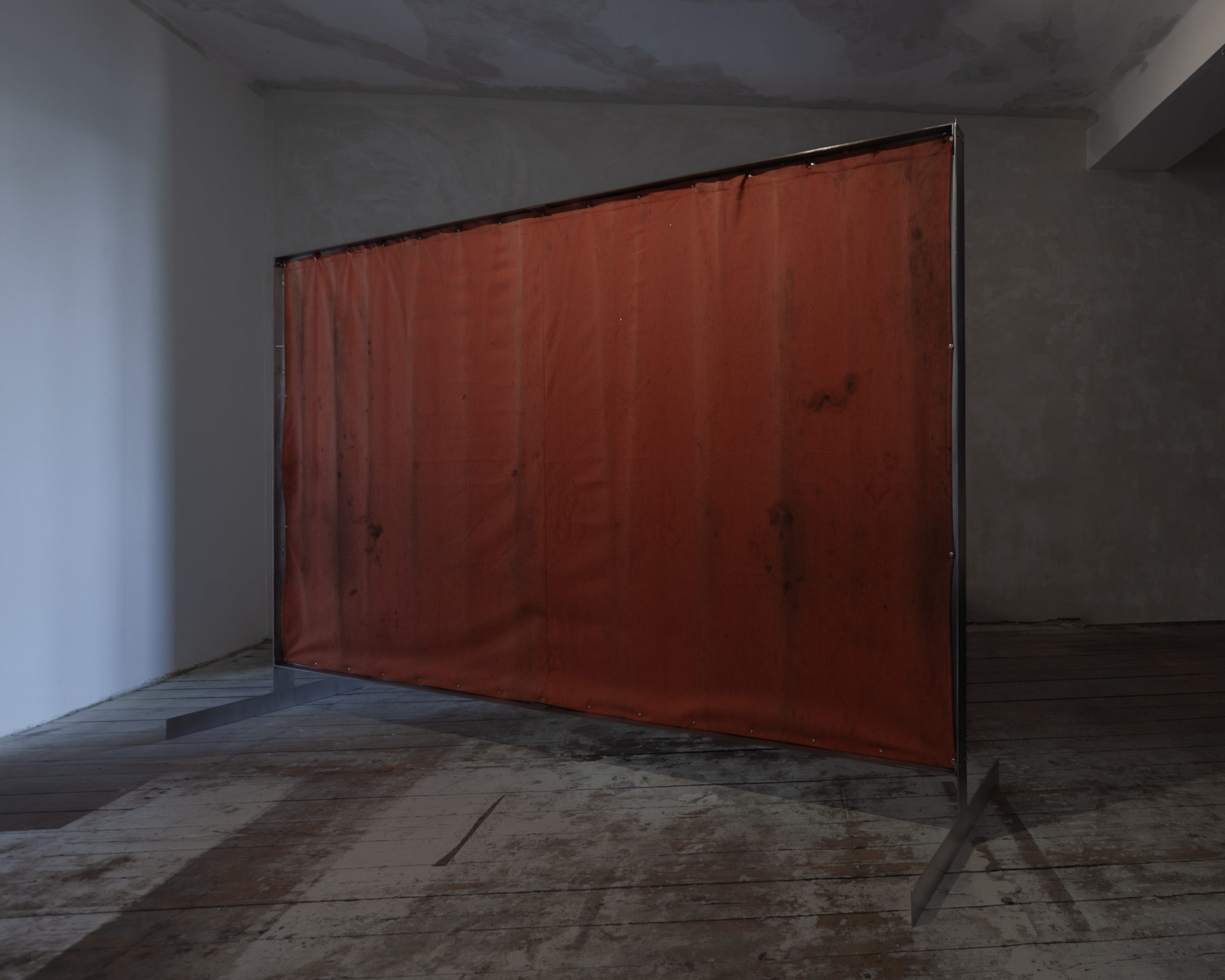
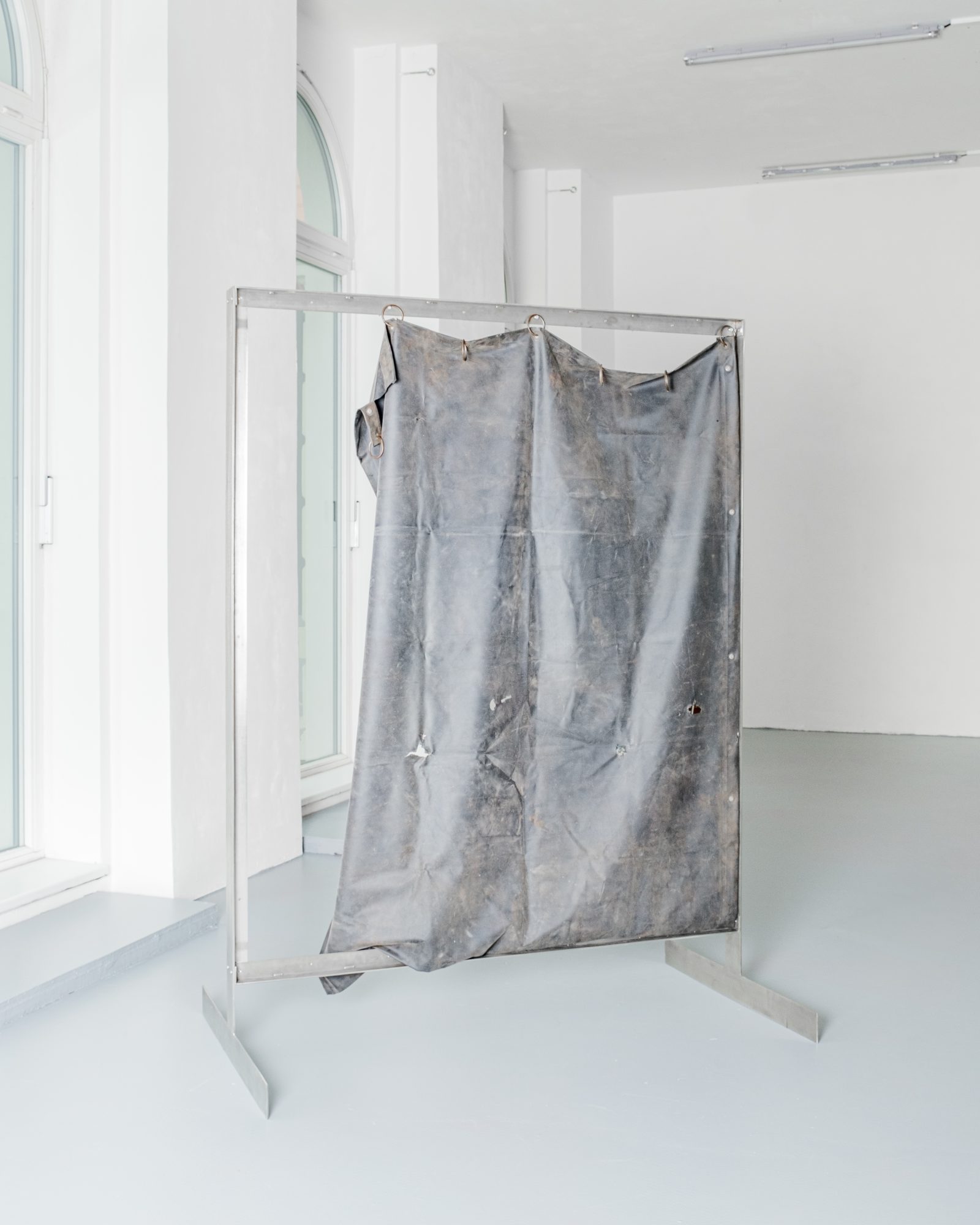
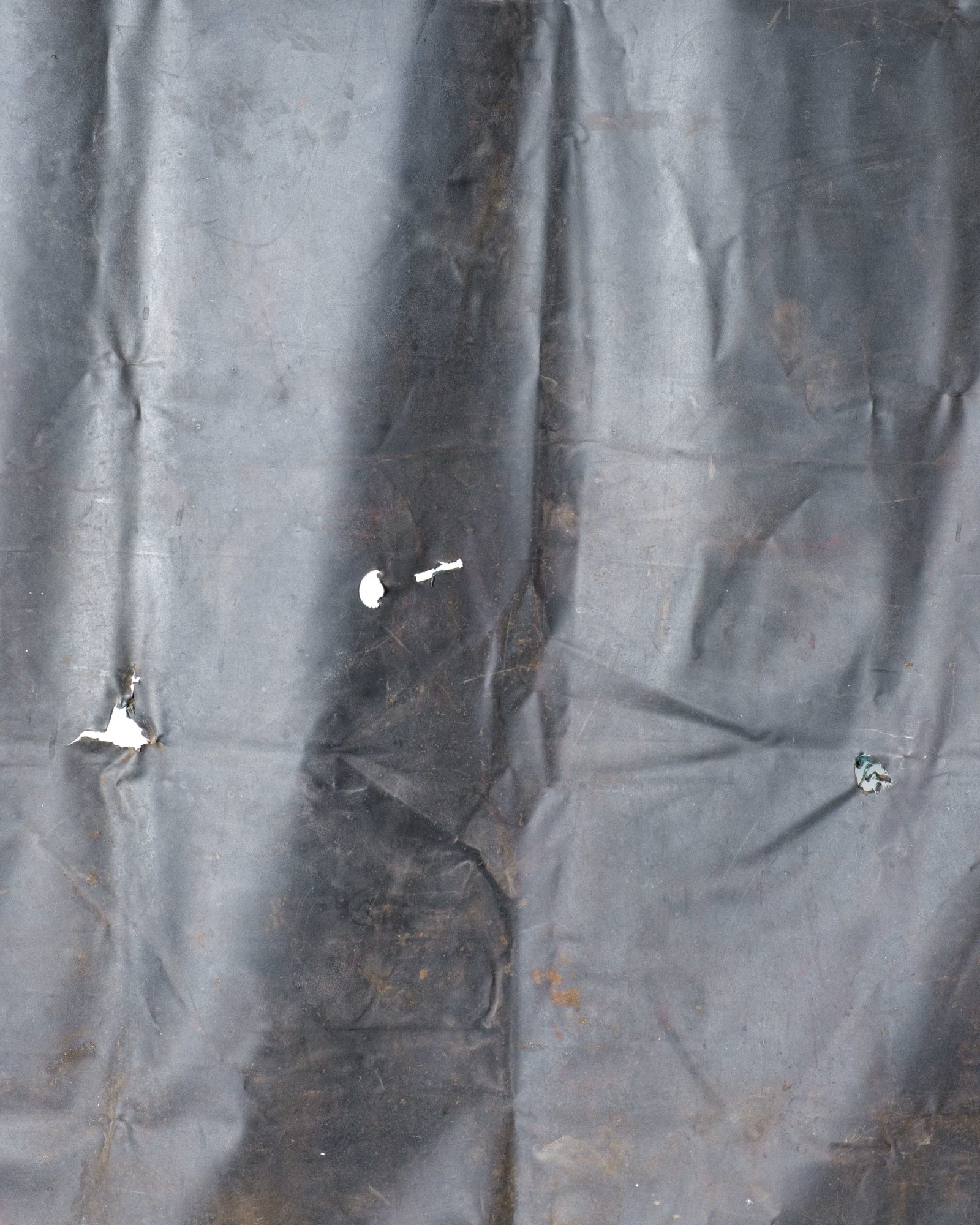
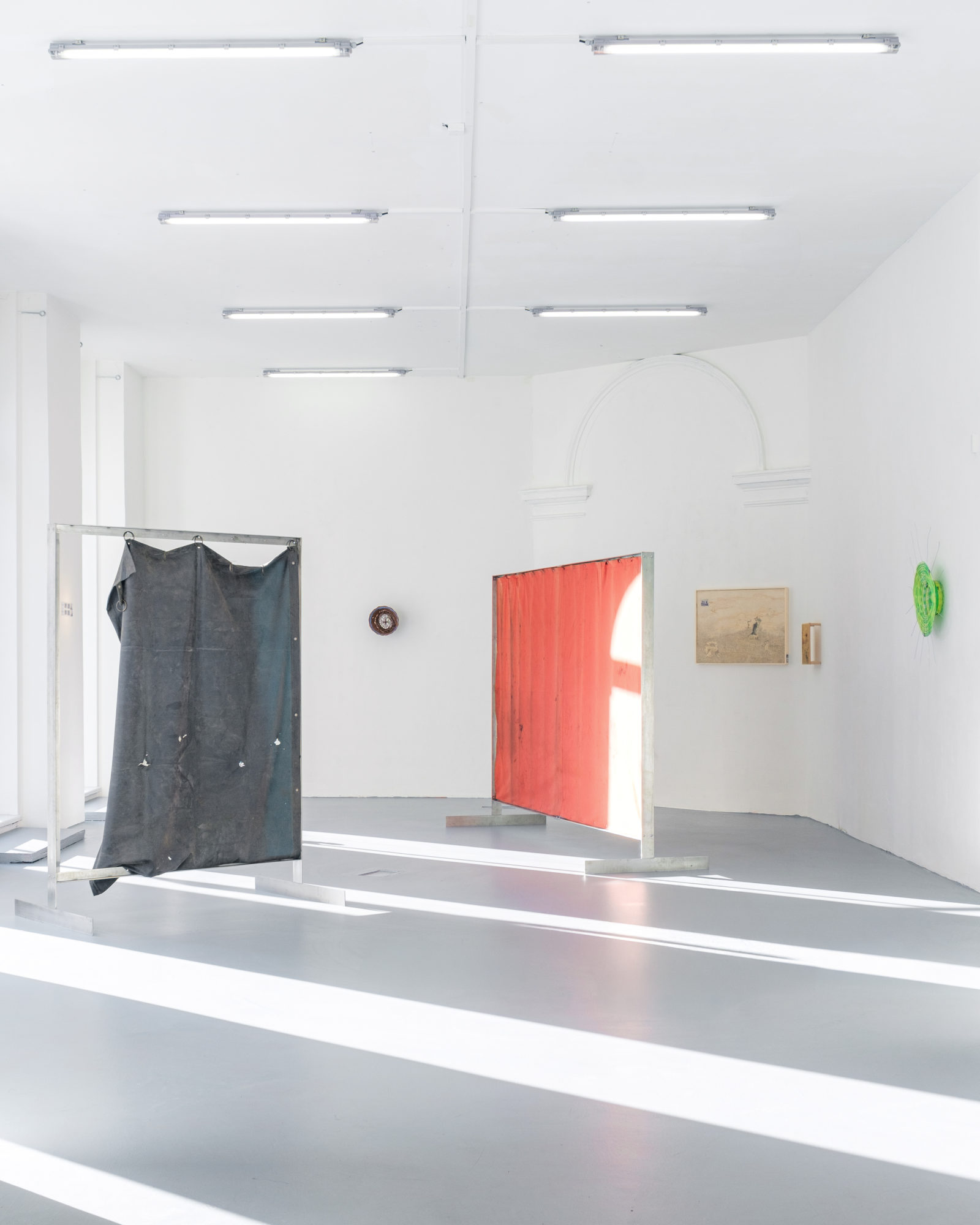
Courtesy to Intervene I.
A welding curtain from the Nováky Coal Power Plant captures the essence of the plant’s final days. Stretched over a frame, it reveals burn marks, oil stains, and decades of wear—marks of the essential maintenance work that kept the plant running for 70 years. This curtain, now a relic of a once-thriving industrial site in the artist’s hometown, bears witness to the closure of the plant in late 2023. As a cornerstone employer in the region, the power plant shaped the lives of its workforce and the identity of the community. Its closure signalled the end of an era and the loss of a vital source of stability.
Courtesy to Intervene II.
A welding curtain from the Nováky Coal Power Plant captures the essence of the plant’s final days. Hung in its original form, it reveals burn marks and layers of dust permanently fixed to its surface—traces of the labour-intensive maintenance work that kept the plant running for 70 years. These marks, remnants of its functional role, evoke the physical and environmental conditions of the plant’s final operational phase. This curtain, like its counterpart, stands as a relic of a once-thriving industrial site in the artist’s hometown, bearing witness to the closure of the plant in late 2023. As a cornerstone employer in the region, the power plant shaped the lives of its workforce and the identity of the community. Its closure signalled the end of an era and the loss of a vital source of stability.
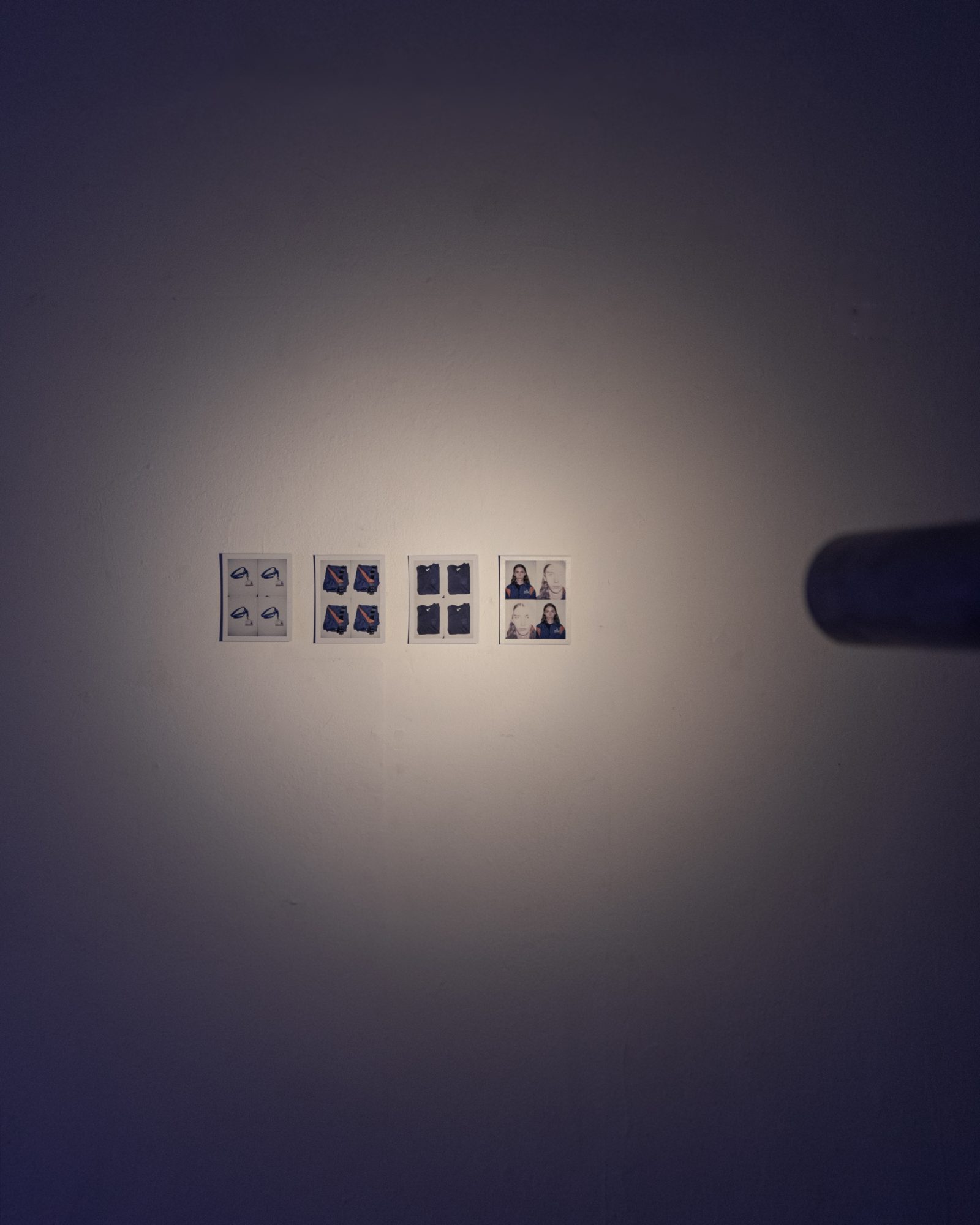
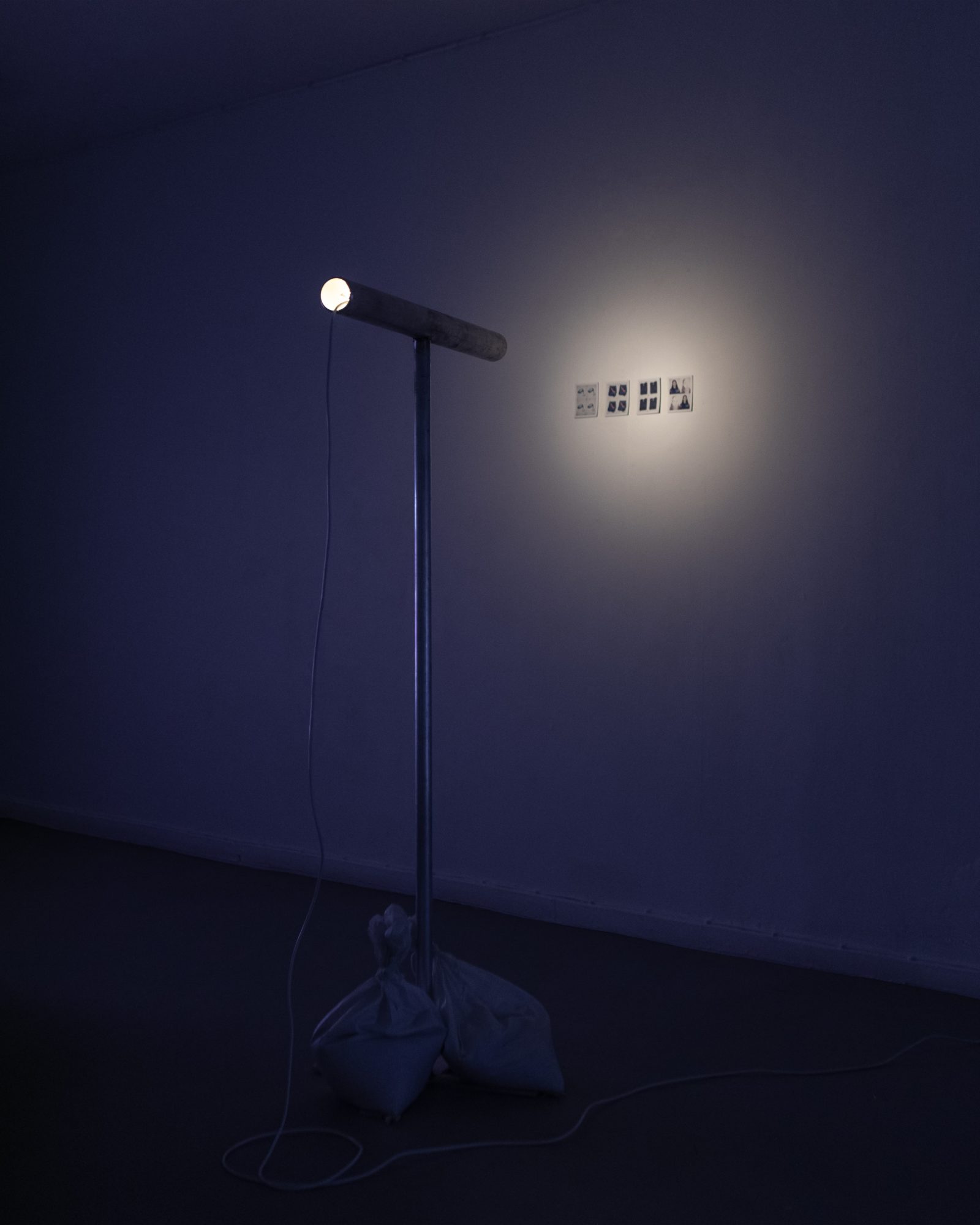
Work Chronicles
Documents the everyday essentials required for accessing the Nováky Coal Power Plant during the artist’s part-time employment. Presented through Polaroid photographs, the work captures personal items such as an access card and specific attire.
Lamp T
Building on the artist’s ongoing exploration of speculative design, the lamp examines the intersection of utility and temporariness. Designed to minimise labour while maintaining pure functionality, it relies on simple, efficient actions: inserting a light bulb into the pipe and stabilising the structure with sandbags.

